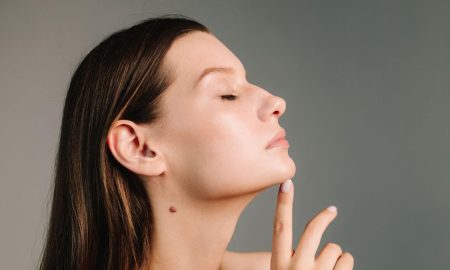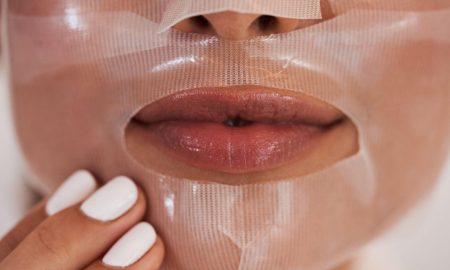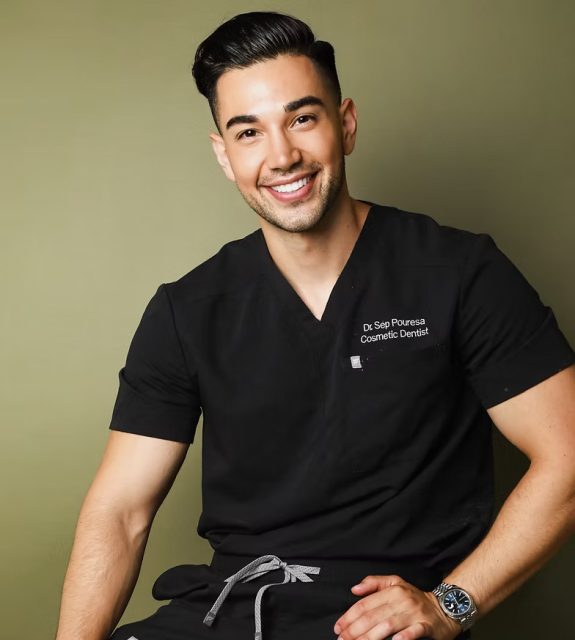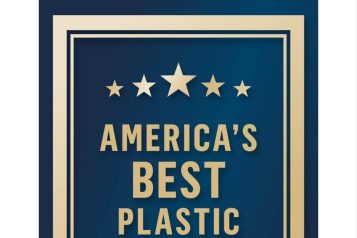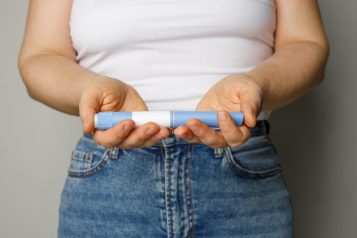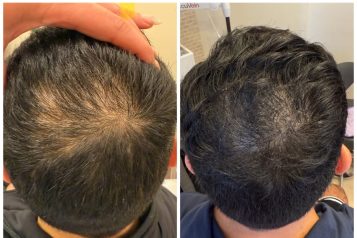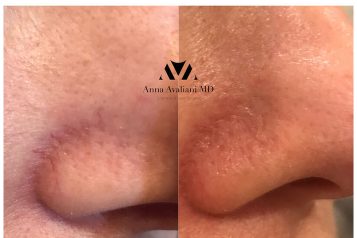 Photo Credit: Courtesy of Kitthanes/Shutterstock
Photo Credit: Courtesy of Kitthanes/Shutterstock
Jade Smith, Noelle Garbaccio, Samuel Lin, MD, FACS
REJURAN is a new skin-rejuvenating topical and injection derived from salmon DNA. Due to recent celebrity endorsements and eyebrow-raising headlines about “salmon sperm injections,” the best-selling K-beauty product is quickly gaining popularity in the United States. However, the truth behind the marine-sourced elixir is in the works.
REJURAN is composed of polydeoxyribonucleotides, otherwise known as PDRNs. These are long chains of deoxyribonucleotides, the building blocks specific to DNA. You can think of PDRNs as DNA chopped into segments. PDRNs are found in tissues that regenerate genetic material, namely reproductive organs. The human placenta contains PDRNs, but ethical concerns rightly prohibit its use in cosmetics. The next best alternatives are sperm from Pacific salmon and rainbow trout, which contain DNA 96.5% similar in composition to human DNA. This means that human cells can effectively utilize over 95% of the product. While fish are easy to breed, the breeding season is short and the sperm is difficult to obtain. Researchers are investigating more sustainable sources, including algae and sea cucumbers.
Of note, the salmon sperm itself is not injected into the skin. The sample is collected and processed until only PDRNs are left.
Several mechanisms define the rejuvenating properties of PDRN. Although PDRN is not responsible for the generation of skin cells, it helps facilitate the surfacing of new skin—PDRN increases the turnover of the stratum corneum, the most superficial layer of skin, allowing new skin cells to take their place on the surface. PDRN additionally improves wound healing, reduces inflammation, and decreases melanin synthesis:
- Tissue repair: PDRNs stimulate collagen synthesis, one of the primary structural proteins of the skin. This scaffolding makes the skin firmer, more hydrated, and ready for new tissue growth. PDRNs also enhance new blood vessel growth; this improved blood supply is crucial for healing damaged skin.
- Anti-inflammatory: PDRNs reduce the production of pro-inflammatory cytokines, leading to reduced swelling and redness in the treated areas.
- Decreased hyperpigmentation: PDRNs interfere with the enzyme pathway required for melanin production. This can lead to a more even skin tone and reduced hyperpigmentation.
Compared to the exciting REJURAN buzz in the media, the current clinical evidence is still in development. A study by the Korea Institute of International Sciences demonstrated that after 2 weeks of topical use, skin redness decreased by 32% in REJURAN-treated skin and 29% in non-treated skin. The difference is statistically significant, while clinical significance is forthcoming. While this is enough to advertise the product as effective, discerning consumers may ask themselves if a 3% difference is noticeable enough to justify a $300+ price tag outside the US.
REJURAN is already approved by the Korean FDA, and it is seeking approval in the United States, where safety standards are different. In 2014, the Journal of Korean Medical Science published a clinical trial evaluating the effectiveness and safety of REJURAN in treating crow’s feet. The article was ultimately retracted due to undisclosed conflicts of interest, adding some discussion on the product’s safety and efficacy. Accordingly, the US FDA issued a statement in 2022 warning against the use of REJURAN until clinical trials meet the criteria for approval. Time will tell whether REJURAN gets FDA approval. In the meantime, consumers should be cautious of using non-approved products because quality and safety cannot be assured.
References
- Pak, C. S., Lee, J., Lee, H., Jeong, J., Kim, E. H., Choi, H., ... & Heo, C. Y. (2014). A phase III, randomized, double-blind, matched-pairs, active-controlled clinical trial and preclinical animal study to compare the durability, efficacy, and safety between polynucleotide filler and hyaluronic acid filler in the correction of crow's feet: a new concept of regenerative filler. Journal of Korean Medical Science, 29, S201-9.
- Kim, T. H., Heo, S. Y., Oh, G. W., Heo, S. J., & Jung, W. K. (2021). Applications of Marine Organism-Derived Polydeoxyribonucleotide: Its Potential in Biomedical Engineering. Marine drugs,19(6), 296. https://doi.org/10.3390/md19060296
- Noh T.K., Chung B.Y., Kim S.Y., Lee M.H., Kim M.J., Youn C.S., Lee M.W., Chang S.E. Novel anti-melanogenesis properties of polydeoxyribonucleotide, a popular wound healing booster. Int. J. Mol. Sci. 2016;17:1448. doi: 10.3390/ijms17091448
- Castellini C., Belletti S., Govoni P., Guizzardi S. Anti-inflammatory property of PDRN-an in vitro study on cultured macrophages. Biosci. Biotechnol. 2017;8:13–26. doi: 10.4236/abb.2017.81002
- Lee D.-W., Hyun H., Lee S., Kim S.Y., Kim G.-T., Um S., Hong S.O., Chun H.J., Yang D.H. The effect of polydeoxyribonucleotide extracted from salmon sperm on the restoration of bisphosphonate-related osteonecrosis of the jaw. Mar. Drugs. 2019;17:51. doi: 10.3390/md17010051.
For more information, visit Dr. Samuel Lin's social media:


